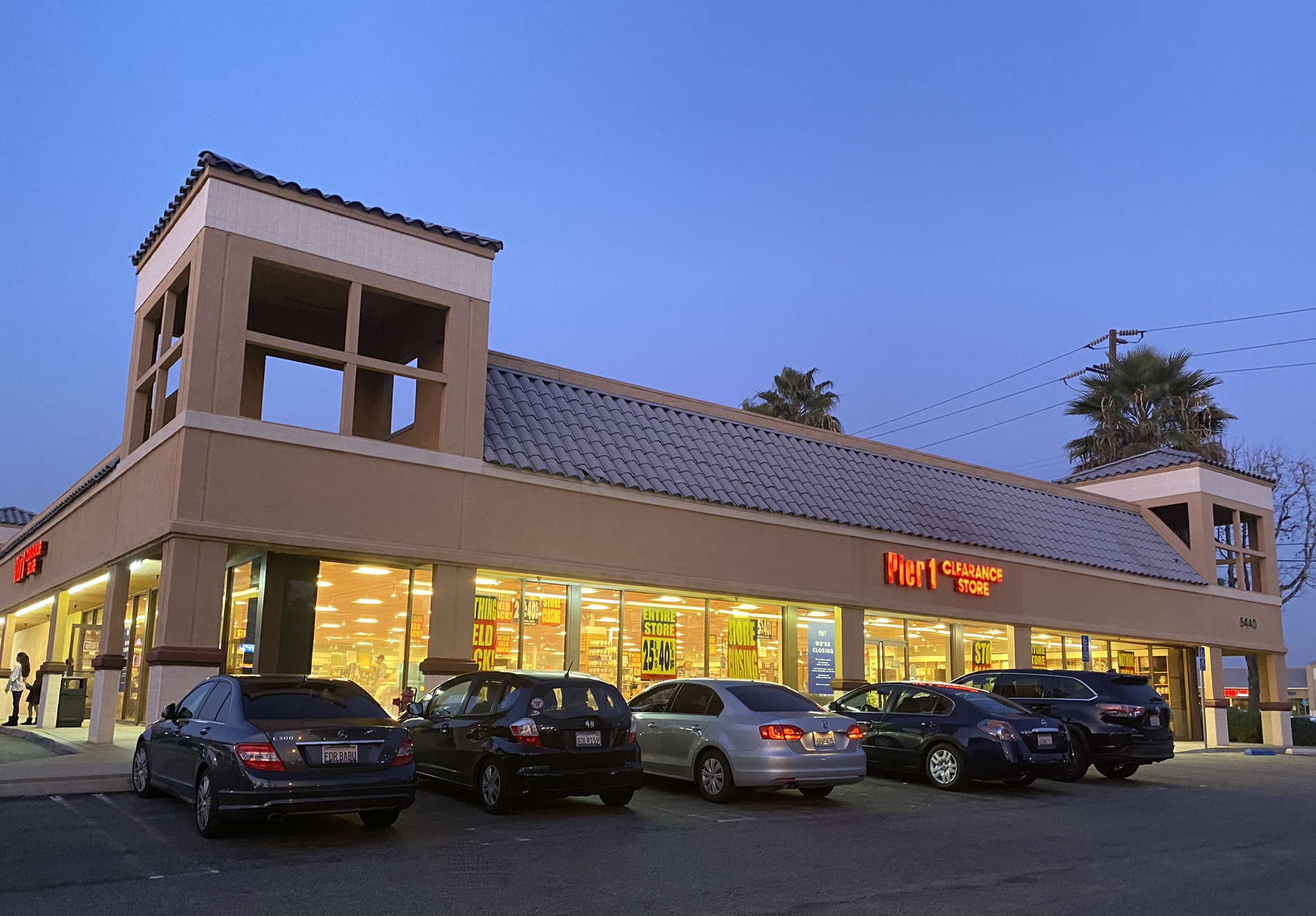
In the past year alone, our team at Progressive Real Estate Partners has sold:
- A former Pier One to an independent beauty supply company
- A former Food 4 Less to a regional flooring retailer/distributor
- A former Banner Mattress to a cell phone franchisee
- A former Acapulco Restaurant to an independent Japanese Restauranteur
- A former Mexican restaurant to a regional restaurant operator
- A former Incredible Johns Pizza to WSS Shoes
- A former Steak & Shake to an independent restaurant operator
- A former credit union to a medical services provider
For most of my career, an owner/user sales transaction defined as the buyer of the building also using the property for their business were for my industrial friends. Traditionally owner/user transactions were rare in the retail sector but that is certainly changing in SoCal’s Inland Empire.
Here are 7 reasons why:
- Separate Became Worth More Than Together: In the mid 2000’s it became apparent that instead of selling a shopping center as a whole, it became more profitable to break it up into pieces and sell each portion separately. Although shopping centers were divided up prior to this time frame it was usually driven by the grocery/drug store/gas station or fast food user insisting on purchasing the land to build their own building that they would then hold onto for many years into the future.
- Single Tenant Leases were Generally 10 Years with 5 year Options: Many people who bought these single tenant properties with the intention that they would just collect a rent check forever realized the reality can be different. Much of the time as these leases are expiring (or the tenant goes bankrupt), owners are waking up to empty buildings.
- Smart Owners Have Realized There is Less Competition if They Sell: If you have a 5,000 SF vacant building for lease, you are competing against all the other 5,000 SF buildings for lease. According to Costar, there are currently 2,332 spaces between 4,000 and 6,000 SF available for lease in LA County, Orange County and the Inland Empire region, but there are only 261 of such buildings for sale (excluding leased investments). So if you are looking for a tenant for your building, you can see how much competition you may have compared to if you offered it for sale.
- Smart Owners Realize That Selling is Easier, Less Costly & Potentially Less Risky: In addition to less competition, it is generally much easier to negotiate a purchase & sale agreement compared to a lease agreement. Furthermore, in a sale, there is no free rent, tenant improvement allowance and commissions to be paid that you then have to amortize over time. Also, the tenant you may end up with might be a credit tenant but it is much more likely that this tenant is a regional or local operator with not nearly the credit of the tenant when the owner purchased the building.
- Selling and Exchanging Can Get an Owner Back to Their Goal of Stability and Cash Flow Much Quicker: When we remind an owner that their goal when buying their property was not to own this particular piece of property, but instead to own a stable single tenant asset with a long term lease, it helps to separate the emotion and/or the feeling of frustration that they have over a tenant leaving. In some cases owners want to prove that they bought a good piece of real estate so it will lease to a quality tenant quickly. BUT as we all know emotions and investing usually don’t go well together. Selling the property and exchanging back into a long term lease with a credit tenant generally gets the client back to their original goal.
- Owner/Users Can Pay the Same as the Property’s Single Tenant Leased Investment Value: Let’s say:
- I have a 5,000 SF building that should lease for $24/SF/year that would then sell at a 5% cap rate (assuming a credit tenant can be located that would justify that cap rate) and that equates to a $2.4M value.
- If an owner/user purchased the property for $2.4M with 10% down and a Small Business Administration (SBA) Loan at 3% amortized over 25 years, the payments would be $122,915/year which equals $24.58/SF/Year.
- From the buyer’s perspective, in the first year alone almost 50% of this amount is principal! As a result if you only compared their interest payments to what the property owner is looking to achieve in rent, the owner/user is paying about 50% less in “rent” compared to being the landlord’s tenant.
As you can see, owner/users can pay equal to or more than the leased investment value of the building.
- Loan Rates, Especially Small Business Administration (SBA) Loans, are at Record Lows: SBA loan rates are currently running in the high 2% range while the bank loan that is also needed to coordinate with the SBA loan are in the mid 3’s or lower. I am currently refinancing our office at an interest rate below 3% so my numbers are very real. These record low rates combined with an accommodating SBA, are really helping to fuel the owner/user market.
The phenomenon of the shift to a thriving retail owner/user sales market fascinates me because it combines economics, financial analysis and psychology to create its result. I welcome a dialog about this interesting sector of business. I can be emailed at brad@progressiverep.com or reached at 909-230-4500.